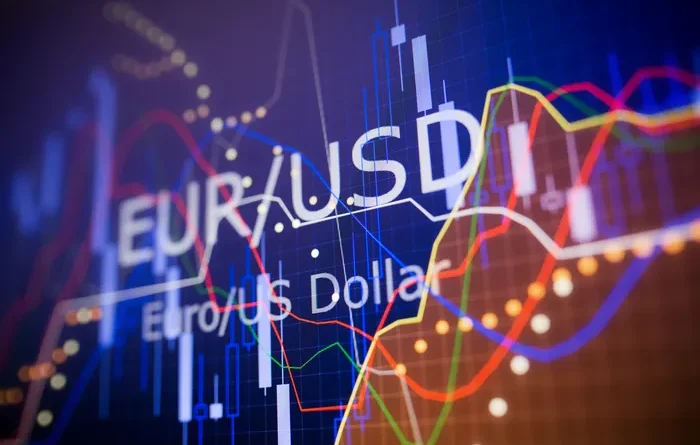EUR/USD Trading in the Asian vs. London vs. New York Sessions
The EUR/USD pair is active around the clock, but not all trading sessions are created equal. Price action changes dramatically depending on the time of day. Liquidity, volatility, and market behavior all vary between the Asian, London, and New York sessions. Understanding these differences is essential for any trader who wants to make the most of the EUR/USD market. The key is not just knowing when to trade but knowing how each session behaves and what kind of opportunities it presents.
The Asian Session Sets the Stage with Caution
The Asian session opens the global trading day, but it tends to be the calmest in terms of movement. This session runs from roughly midnight to 8:00 a.m. London time, and it is primarily influenced by markets in Tokyo, Sydney, and sometimes Singapore. For EUR/USD trading, this is not the most active period, but it serves an important role.
Here is what you can expect during the Asian hours:
- Lower volatility: Price tends to move in tighter ranges
- Technical consolidation: Often a time when the market digests the previous day’s action
- Best for range strategies: Traders using support and resistance levels find value here
- Lighter liquidity: Spreads can widen slightly compared to other sessions
While breakout traders may find this session too slow, those who trade short-term bounces or prepare for upcoming setups often rely on this time for analysis and planning.
The London Session Brings Volume and Breakouts
Once London opens, everything changes. The London session is widely regarded as the most active and liquid period for EUR/USD. It overlaps with many European markets and brings large institutional participation. From 8:00 a.m. to noon London time, you can expect powerful moves and clean setups.
What makes the London session ideal for EUR/USD trading:
- High volume and fast movement: News and order flows push the market strongly
- Economic releases from Europe: These often spark immediate reaction
- Trend formation: Early direction often sets the tone for the day
- Great for breakout and momentum strategies
Many traders prefer to enter during this session because price behavior tends to follow more structured technical patterns. It is not uncommon to see EUR/USD travel its daily average range during just the first few hours of London trading.
The New York Session Adds Fuel and Volatility
When New York joins the market, volatility often spikes again. From noon to around 4:00 p.m. London time, the overlap between London and New York creates the busiest window of the trading day. U.S. economic releases dominate this session, and global attention shifts to the American dollar.
What to watch during the New York session:
- Sharp intraday reversals: London trends can reverse based on U.S. data
- Increased news sensitivity: Markets react to Federal Reserve statements, inflation data, and employment figures
- Greater volatility: Movements can be wider and more erratic
- Liquidity remains strong, although it starts to fade later in the session
In EUR/USD trading, many of the largest one-hour moves happen right at the start of the New York session. Traders who are well-positioned before major announcements can take advantage of quick surges in price.
Choosing the Right Session for Your Style
Each session offers something different. The Asian session suits those who prefer low volatility and range trading. London is the favorite for trend traders and those looking to catch large directional moves. New York rewards those who can respond to economic news quickly and manage risk under fast-changing conditions.
The best traders in EUR/USD trading are not tied to a single session. Instead, they understand how each part of the day behaves and match their strategy to the conditions at hand. Whether you are a night owl analyzing in Asia or a news hawk trading the U.S. open, success comes from timing your participation with intention.




